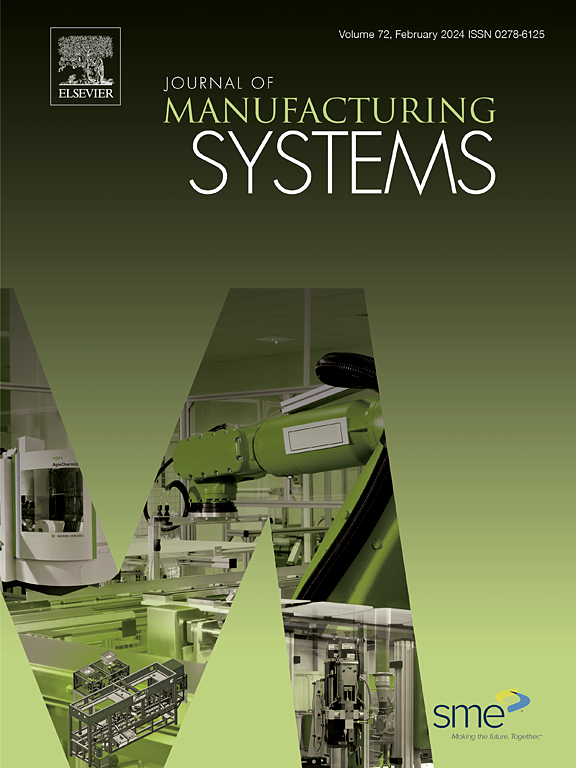Intelligent path planning algorithm system for printed display manufacturing using graph convolutional neural network and reinforcement learning
IF 12.2
1区 工程技术
Q1 ENGINEERING, INDUSTRIAL
引用次数: 0
Abstract
Inkjet printing technology is considered one of the core components of next-generation display technologies for manufacturing organic light-emitting diode (OLED). However, the patterning process for novel display inkjet printing involves diverse characteristics across different dimensions, such as varying printing scales and resolutions. Existing patterning modules using a single planning algorithm for all inkjet printing scenarios often result in long planning times and unstable planning quality. Therefore, a more comprehensive algorithm system is needed to evaluate inkjet planning problems and select the most suitable planning algorithm. This paper proposes a multi-algorithm integrated online patterning intelligence planning system, which includes three patterning algorithms specific to the inkjet display field and an algorithm selection network based on Proximal Policy Optimization (PPO). We first identify the core metrics of the inkjet planning problem as planning time and solution quality, analyzing how different characteristics of the planning problem affect these metrics. We then propose three algorithms suited to different performance needs: an integer programming method based on graph convolutional neural networks, a binary greedy algorithm, and a maximum contiguous interval search algorithm, each corresponding to high overall performance, high solution quality, and short solution time, respectively, to address complex inkjet planning scenarios. Additionally, the PPO-based algorithm selection network refines the features of the inkjet planning problem to achieve intelligent algorithm selection. Finally, we validate the multi-algorithm integrated online patterning intelligence planning system using the self-developed NEJ-PRG4.5 inkjet equipment.
求助全文
约1分钟内获得全文
求助全文
来源期刊

Journal of Manufacturing Systems
工程技术-工程:工业
CiteScore
23.30
自引率
13.20%
发文量
216
审稿时长
25 days
期刊介绍:
The Journal of Manufacturing Systems is dedicated to showcasing cutting-edge fundamental and applied research in manufacturing at the systems level. Encompassing products, equipment, people, information, control, and support functions, manufacturing systems play a pivotal role in the economical and competitive development, production, delivery, and total lifecycle of products, meeting market and societal needs.
With a commitment to publishing archival scholarly literature, the journal strives to advance the state of the art in manufacturing systems and foster innovation in crafting efficient, robust, and sustainable manufacturing systems. The focus extends from equipment-level considerations to the broader scope of the extended enterprise. The Journal welcomes research addressing challenges across various scales, including nano, micro, and macro-scale manufacturing, and spanning diverse sectors such as aerospace, automotive, energy, and medical device manufacturing.
 求助内容:
求助内容: 应助结果提醒方式:
应助结果提醒方式:


